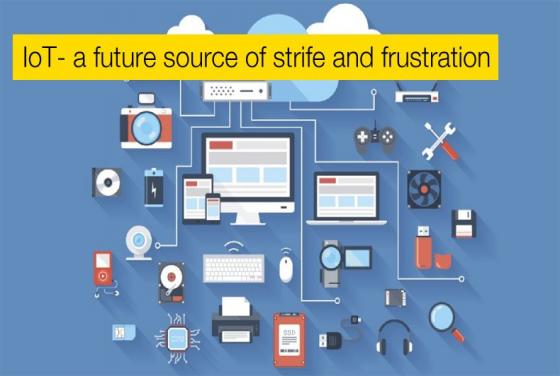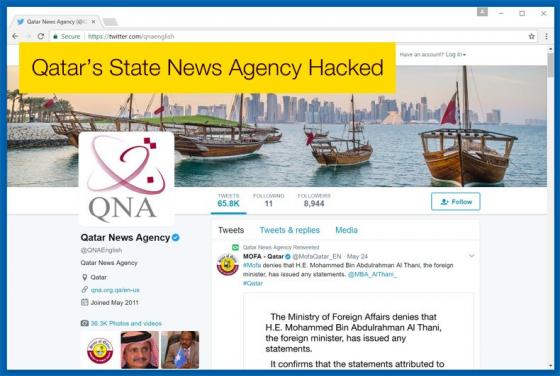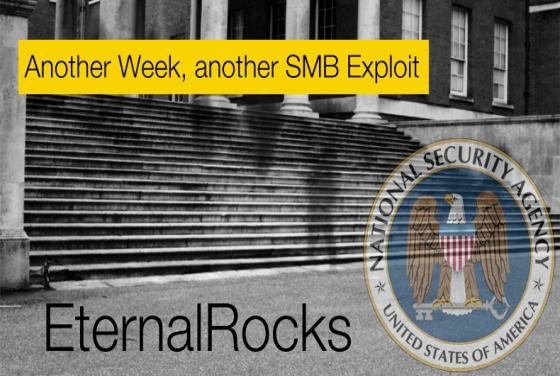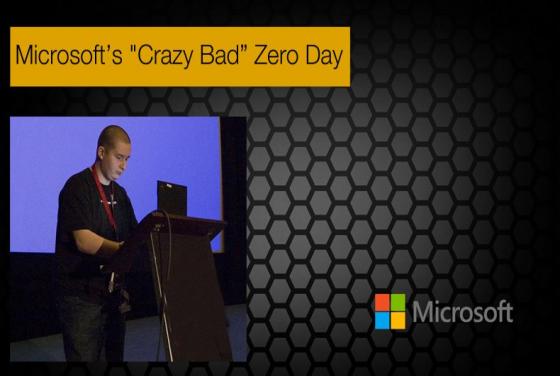

Theresa May Targets the Internet
Barely a few days after the horrendous attacks that occurred in London on 3 June 2017 Theresa May saw this as an opportunity to push her parties agenda to allow encryption backdoors. This comes two weeks after May and her Conservative Party listed proposals for wider Internet surveillance laws withi








